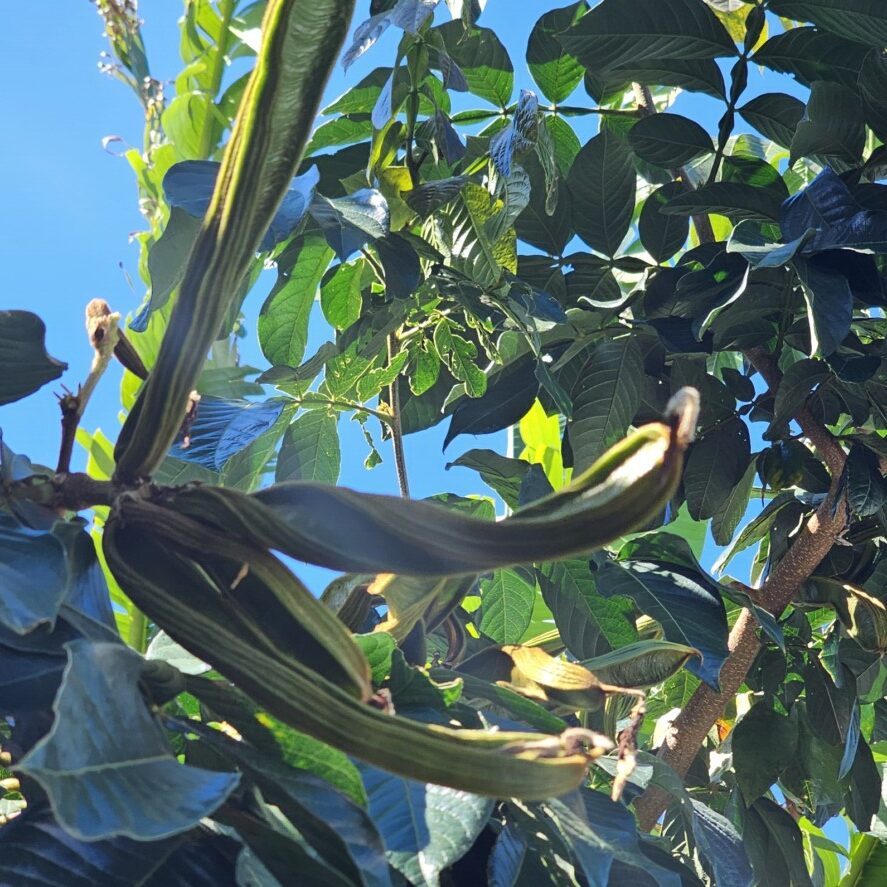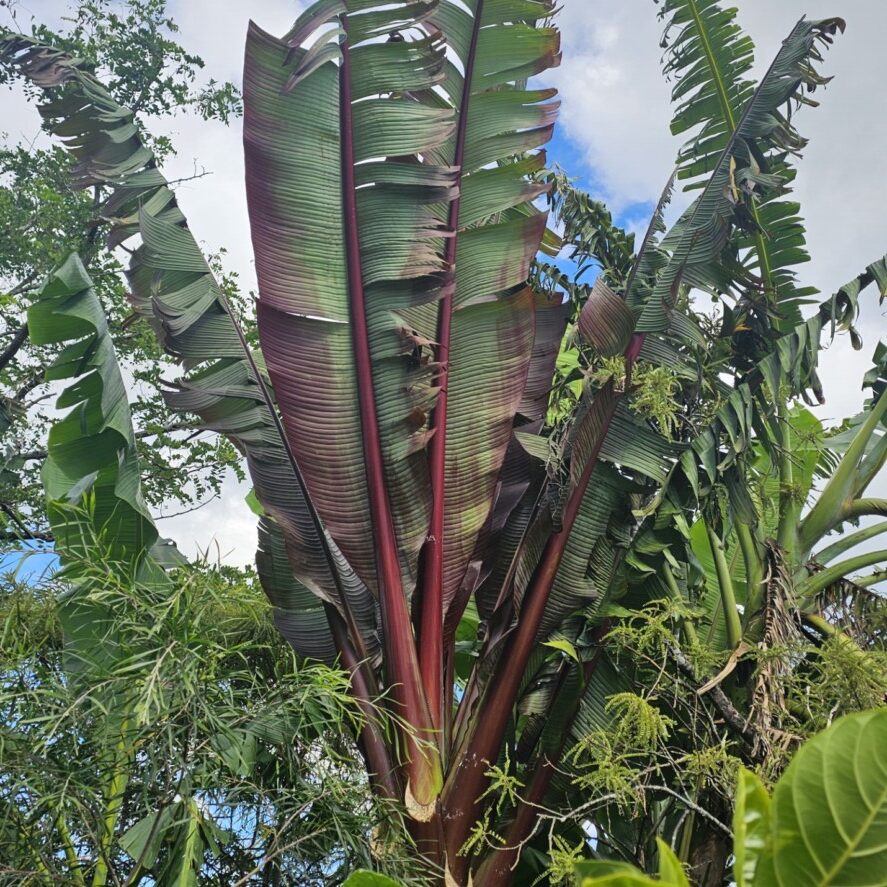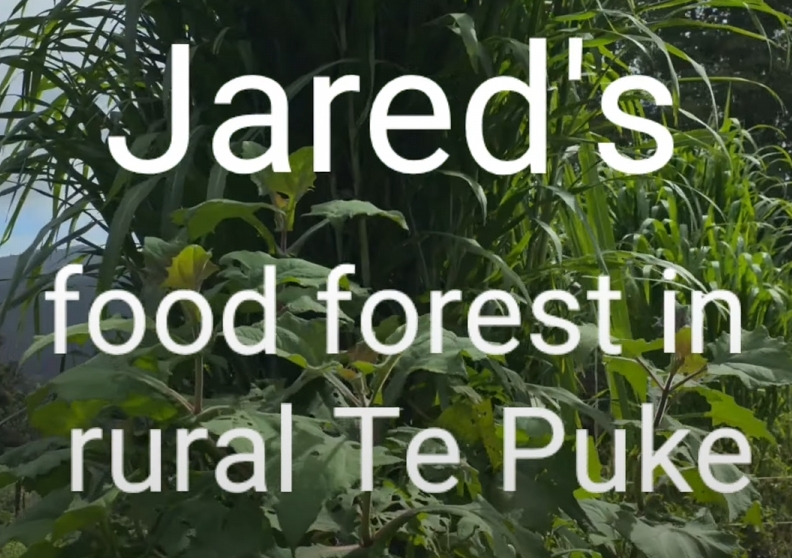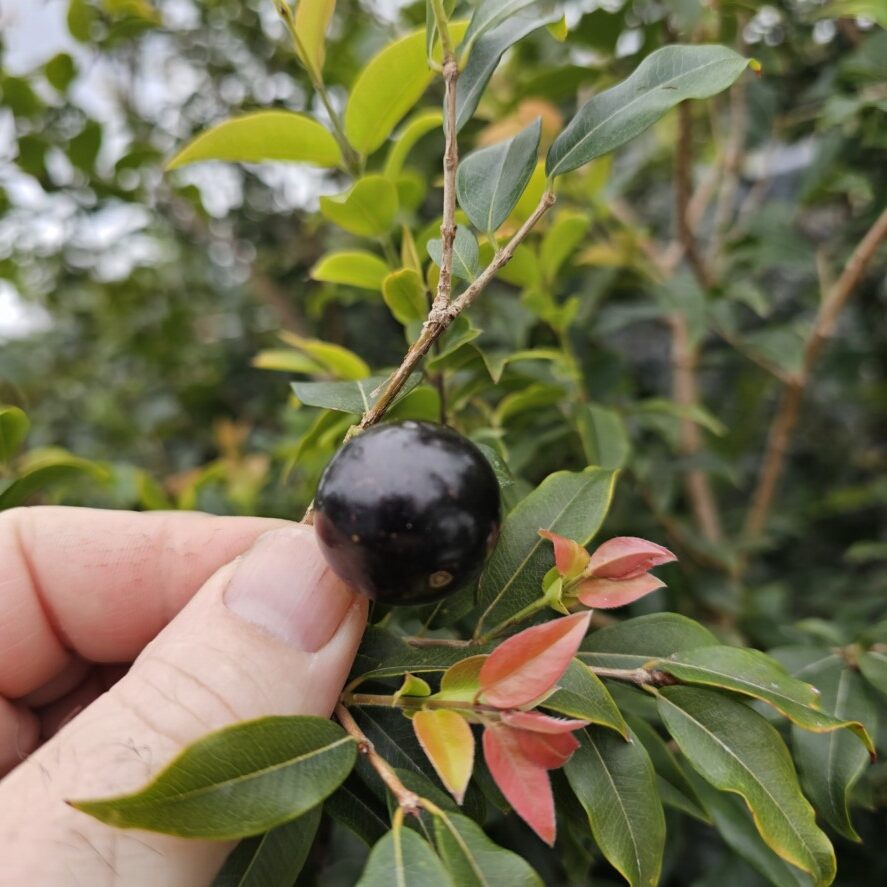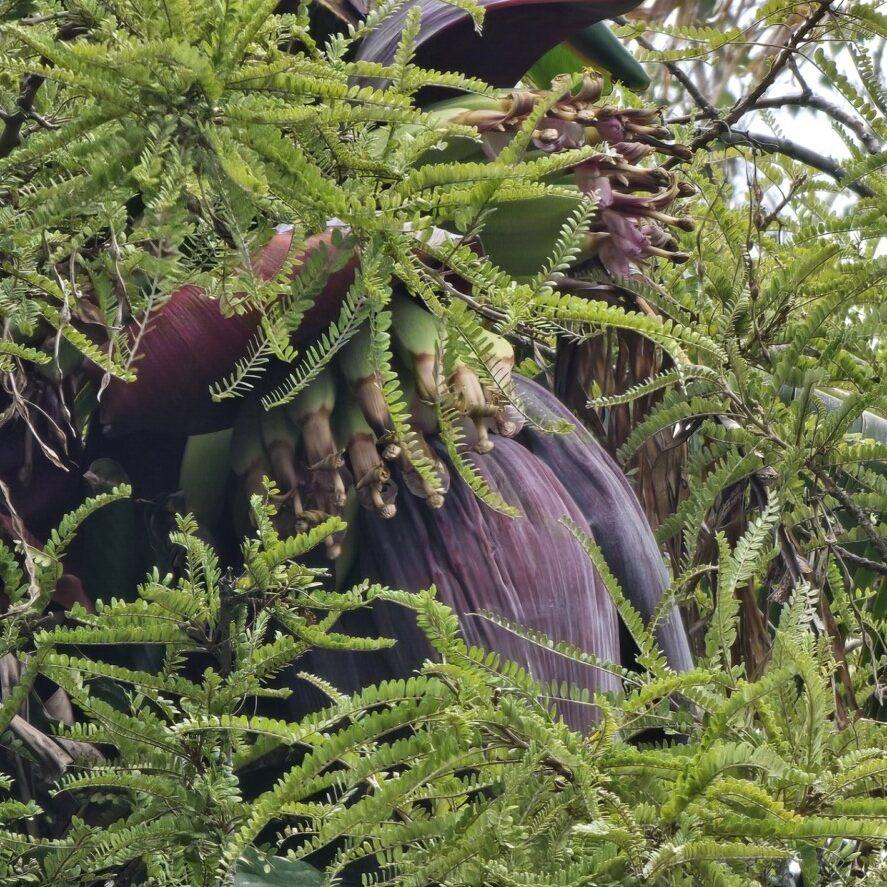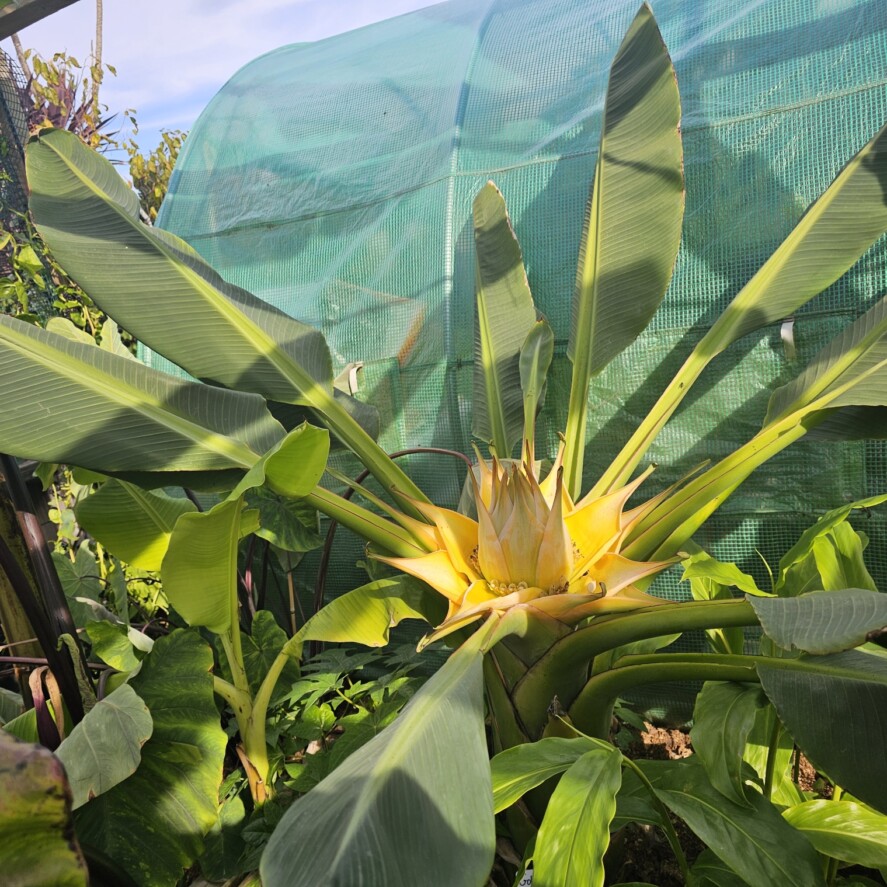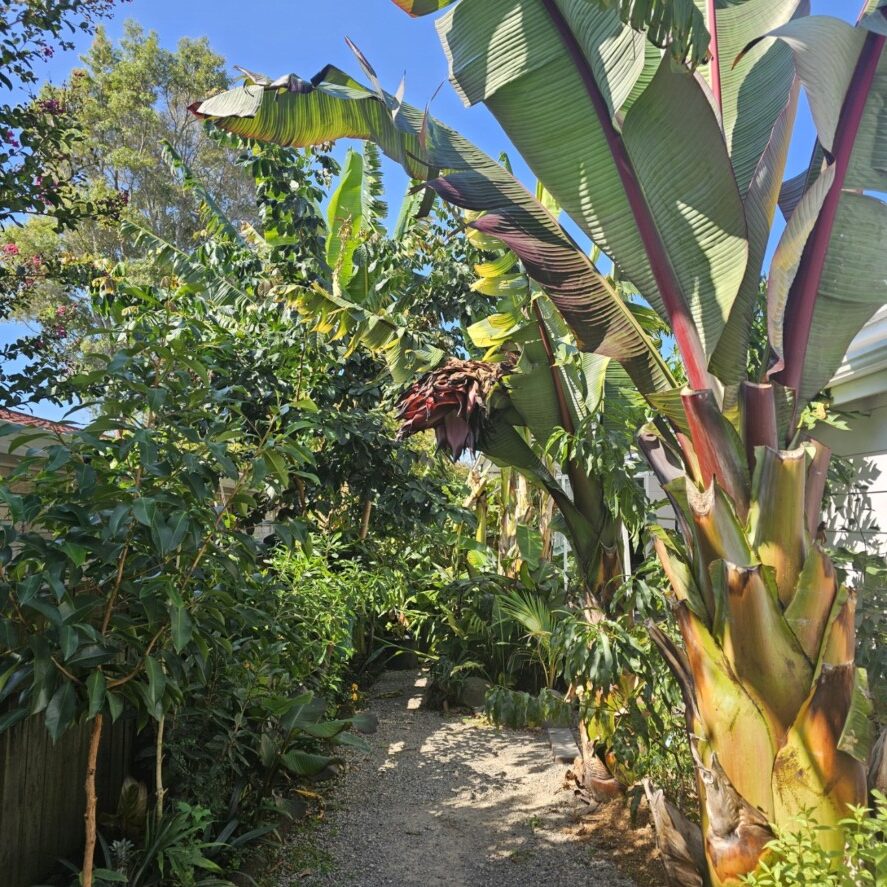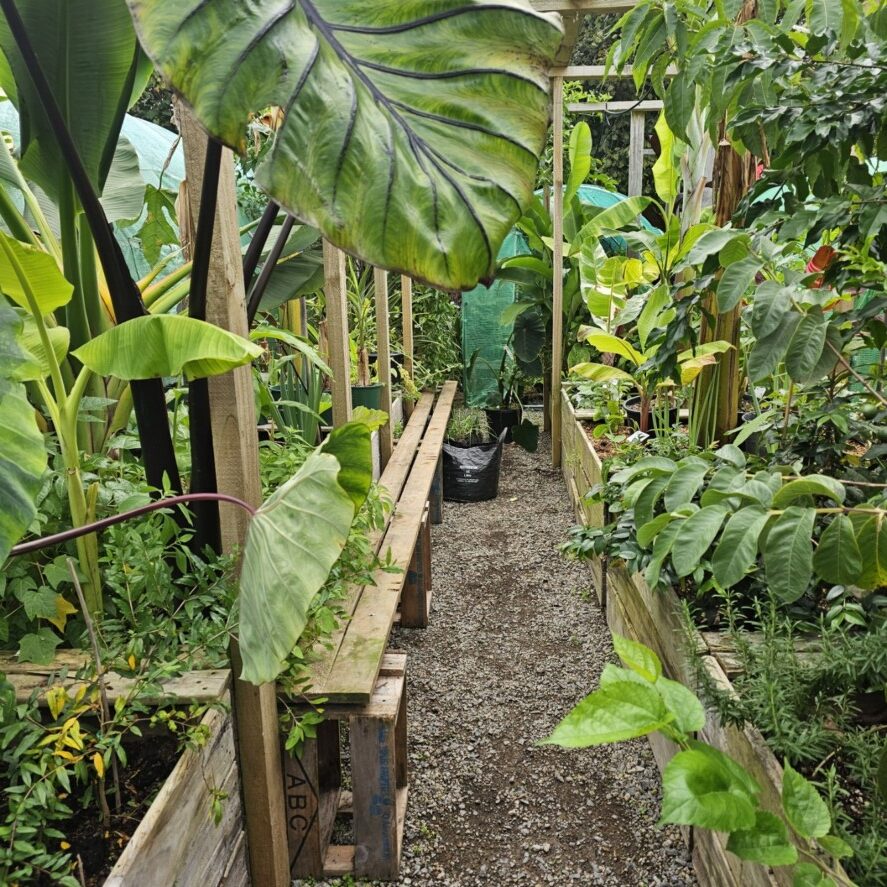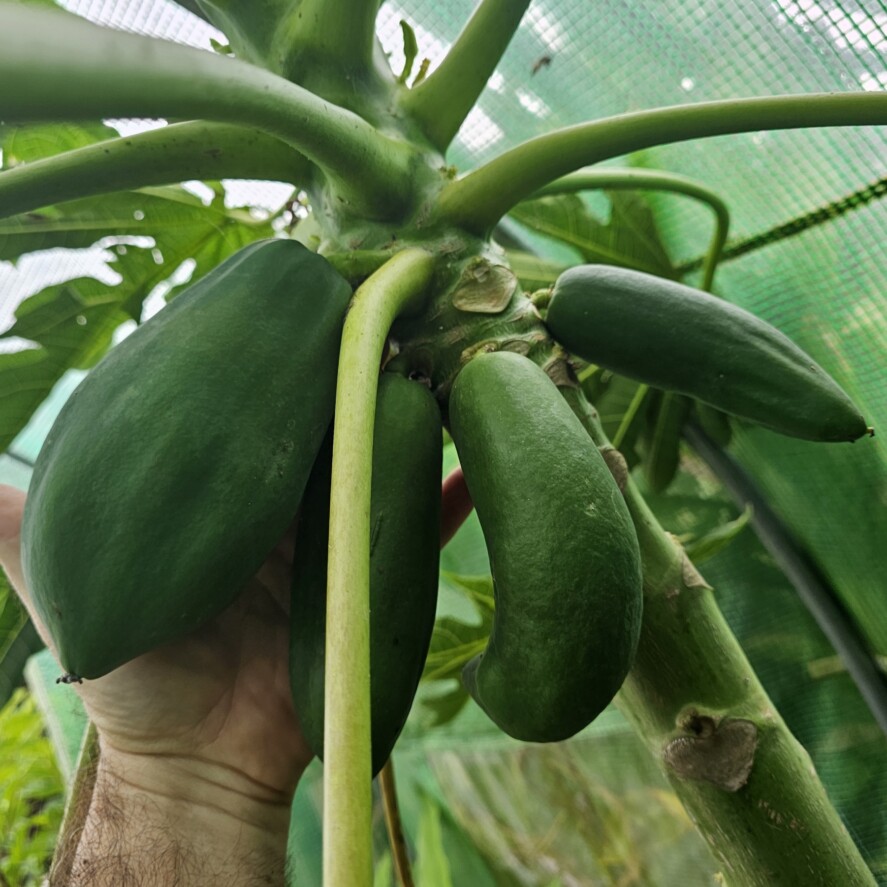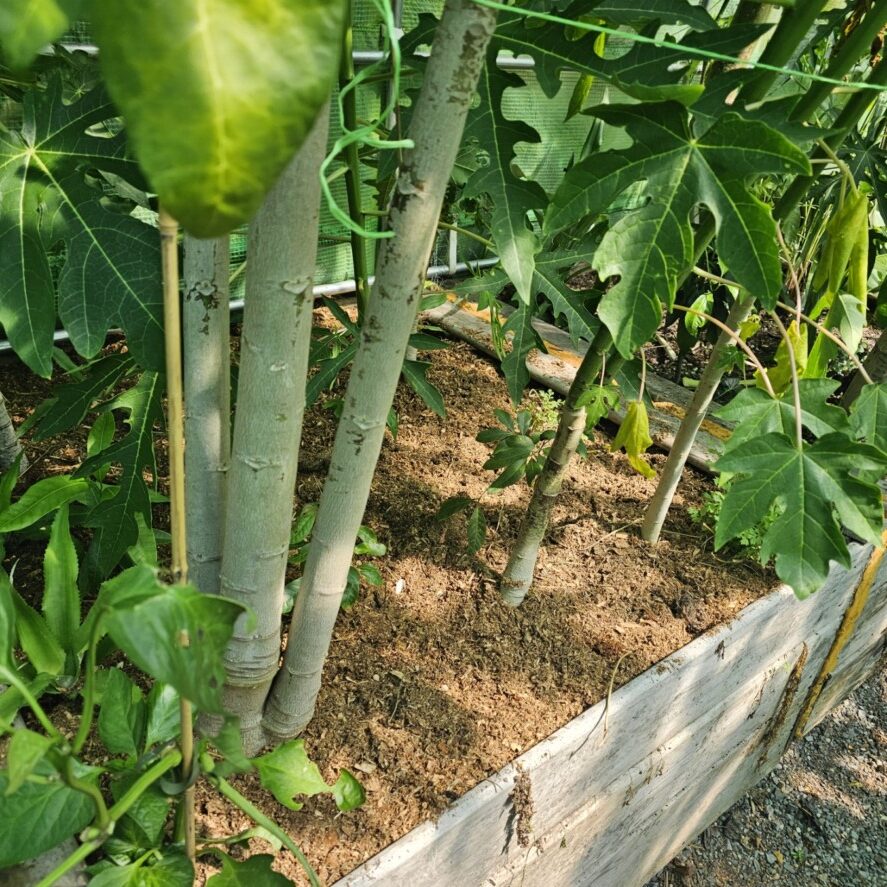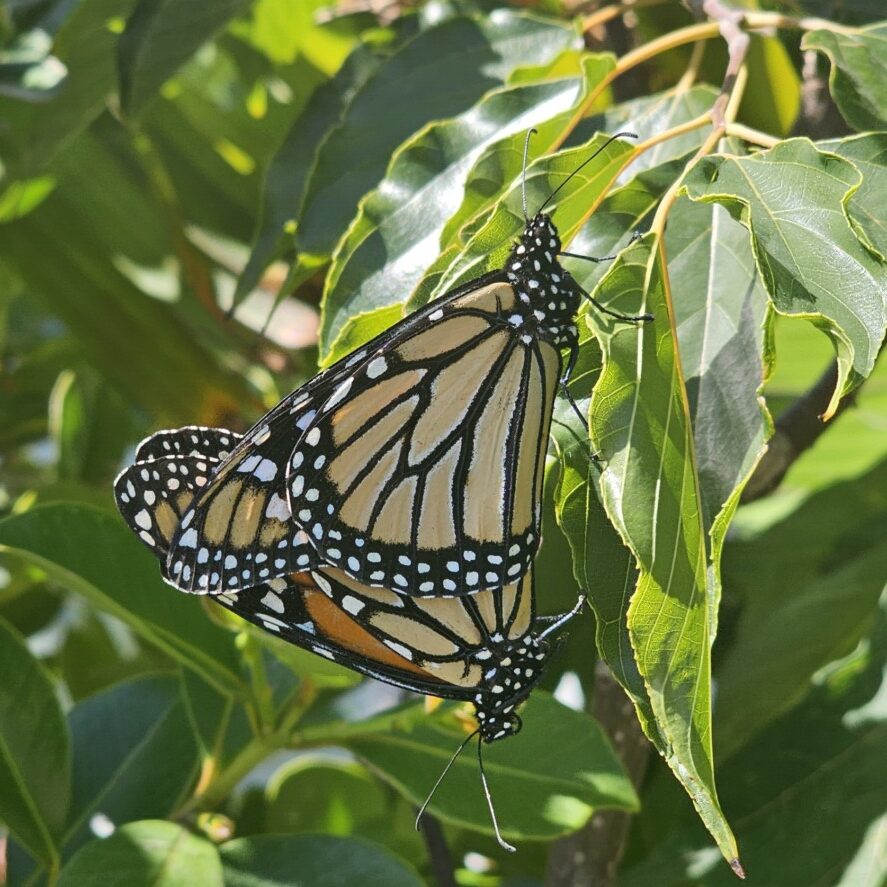-
Troppo Plant & Garden Articles
- Te Puke Region
- TROPPO’s Food Forest in Te Puke, BOP (www,foodforest.org.nz)
- Troppo’s Plant Collection
- TROPPO's Nursery Directory
- Food Forests of New Zealand (www.foodforests.nz)
- Nursery Map - Plant Suppliers of NZ Directory (www.nurserymap.nz)
- Kids Garden Corner
- New Zealand Garden Bird Survey
- New Zealand Garden Groups
- Delicious Recipes
Designing a Low-Maintenance Food Forest: Tips for Te Puke’s Climate

Welcome to the Troppo.nz blog! For those of us lucky enough to call the beautiful Bay of Plenty home, particularly the fertile lands around Te Puke, the idea of a thriving, edible garden is often top of mind. But who has endless hours to dedicate to weeding, watering, and pest control? The good news is, with thoughtful planning and the right plant choices, you can design a low-maintenance food forest that flourishes in our unique climate.
This in-depth guide will walk you through the key considerations for establishing a productive and relatively hands-off food forest right here in Te Puke.
Understanding Te Puke’s Climate: A Foundation for Success
Before we delve into design principles, it’s crucial to understand the specific conditions Te Puke offers:
- Temperate Maritime Climate: We enjoy mild winters with minimal frost and warm, humid summers. This allows for a diverse range of both subtropical and temperate plants to thrive.
- Relatively High Rainfall: While irrigation might be needed during drier summer spells, our average rainfall generally supports good plant growth. However, well-draining soil is essential to prevent waterlogging.
- Sunshine Hours: Te Puke receives a good amount of sunshine, crucial for fruit production. Consider sun exposure when positioning different layers of your food forest.
- Wind Exposure: Depending on your specific location, wind can be a significant factor. Incorporating windbreaks into your design can protect more delicate plants and create microclimates.
- Soil Type: While the Bay of Plenty is known for fertile volcanic soils, it’s always wise to assess your specific soil composition and amend it as needed to ensure good drainage and nutrient availability.
Key Principles for a Low-Maintenance Food Forest
Designing for minimal intervention requires embracing natural processes and selecting resilient plants. Here are some core principles to guide you:
1. Embrace Perennials: The cornerstone of a low-maintenance system is choosing perennial plants – those that live for multiple years. This reduces the need for annual planting and soil disturbance. Focus on fruit and nut trees, berry bushes, perennial vegetables, and herbs.
2. Layering for Efficiency: Mimic natural forest ecosystems by creating distinct layers:
- Canopy Layer: Tall fruit and nut trees (consider mature size and spacing).
- Understory Layer: Smaller trees and large shrubs that tolerate partial shade.
- Shrub Layer: Berry bushes and medium-sized shrubs.
- Herbaceous Layer: Perennial vegetables, herbs, and groundcovers.
- Groundcover Layer: Plants that suppress weeds and retain moisture.
- Root Layer: Plants grown for their edible roots and tubers.
- Vine Layer: Climbing plants that can utilize existing structures.
Careful plant selection within each layer ensures they complement each other and utilize available resources efficiently.
3. Right Plant, Right Place: This is paramount for low maintenance. Choose plants that are well-suited to Te Puke’s climate, your specific soil conditions, and the amount of sunlight they will receive in their designated layer. Consider factors like:
- Chill Hours: For deciduous fruit trees, ensure they receive the necessary chill hours during our mild winters.
- Humidity Tolerance: Select plants that can handle our humid summers without succumbing to fungal diseases.
- Wind Resistance: Choose more robust varieties or provide shelter if your site is exposed.
- Pest and Disease Resistance: Opt for naturally resilient varieties to minimize the need for intervention.
4. Soil Health is Key: Healthy soil is naturally more resilient and requires less intervention. Focus on:
- Building Organic Matter: Incorporate compost, leaf litter, and wood chips to improve soil structure, water retention, and nutrient availability.
- Mulching: A thick layer of organic mulch (wood chips, straw, shredded leaves) suppresses weeds, retains moisture, regulates soil temperature, and gradually breaks down to enrich the soil.
- No-Dig Gardening: Minimize soil disturbance to protect the beneficial soil food web.
- Cover Cropping: Plant temporary crops to improve soil health and suppress weeds, especially in areas that will be planted later.
5. Water-Wise Practices: While Te Puke receives decent rainfall, efficient water management is still important:
- Water Harvesting: Consider rainwater tanks or swales to capture and direct water.
- Drip Irrigation: If supplemental watering is needed, drip irrigation delivers water directly to the root zone, minimizing evaporation and water waste.
- Plant Spacing: Allow adequate space between plants to reduce competition for water and nutrients.
- Mulching: As mentioned earlier, mulch significantly reduces water evaporation.
6. Natural Pest and Disease Management: Aim for a balanced ecosystem where beneficial insects and natural predators help control pests:
- Attract Beneficial Insects: Plant flowers that attract pollinators and predatory insects (e.g., lavender, rosemary, yarrow).
- Companion Planting: Strategically plant certain species together to deter pests or attract beneficials.
- Resistant Varieties: Choose plant varieties known for their resistance to common pests and diseases in our region.
- Observation and Early Intervention: Regularly monitor your food forest and address any issues early with natural methods if necessary. Avoid broad-spectrum pesticides that can harm beneficial organisms.
7. Embrace Natural Succession: Understand that a food forest is a dynamic system that will evolve over time. Allow some natural processes to occur, and be prepared to adapt your management strategies as the forest matures.
Plant Suggestions for Te Puke’s Low-Maintenance Food Forest
Considering Te Puke’s climate, here are some plant suggestions for different layers:
- Canopy: Avocado, macadamia, feijoa, citrus (lemon, lime, mandarin – choose hardy varieties), tamarillo.
- Understory: Coffee, banana (sheltered spots), guava, low-chill stone fruit (some peach and plum varieties).
- Shrub: Blueberry, raspberry, elderberry, gooseberry, currants.
- Herbaceous: Asparagus, rhubarb, artichoke, perennial herbs (rosemary, thyme, oregano, sage), comfrey (for chop-and-drop mulch).
- Groundcover: Strawberries, clover (nitrogen-fixing), creeping thyme, chamomile.
- Root: Yacon, Jerusalem artichoke (be mindful of spreading), oca.
- Vine: Passionfruit, grapes (disease-resistant varieties), chayote.
Getting Started: A Step-by-Step Approach
- Observation and Planning: Spend time observing your site – sunlight patterns, wind direction, drainage, existing vegetation. Sketch out your design, considering the mature size of your chosen plants and their layering.
- Soil Preparation: Amend your soil with organic matter as needed. Consider a soil test to understand your soil’s nutrient profile.
- Start Small: Don’t feel you need to plant everything at once. Begin with a manageable section and gradually expand.
- Source Quality Plants: Choose healthy, disease-free plants from reputable nurseries.
- Planting: Follow proper planting techniques, ensuring adequate spacing and watering.
- Mulch Generously: Apply a thick layer of organic mulch around your new plantings.
- Water Wisely: Water deeply and less frequently, especially during dry periods.
- Observe and Adapt: Regularly monitor your food forest and make adjustments as needed.
A Thriving, Low-Effort Edible Oasis
Designing a low-maintenance food forest in Te Puke is an investment in long-term productivity and a connection with nature. By understanding our local climate, embracing perennial systems, and focusing on soil health and smart plant choices, you can create a beautiful and abundant edible landscape that requires minimal ongoing effort, allowing you more time to enjoy the fruits (and vegetables!) of your labor.
#FoodForest #LowMaintenanceGardening #Permaculture #EdibleGarden #TePukeGardening #BayOfPlentyGardening #SustainableLiving #HomegrownFood #TroppoNZ

